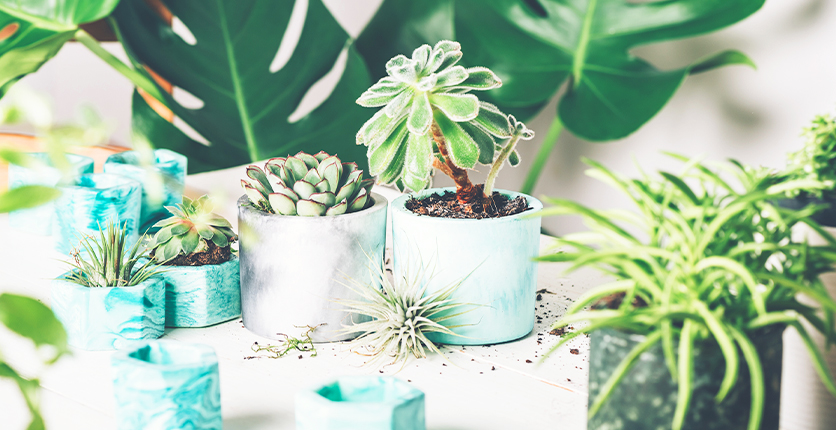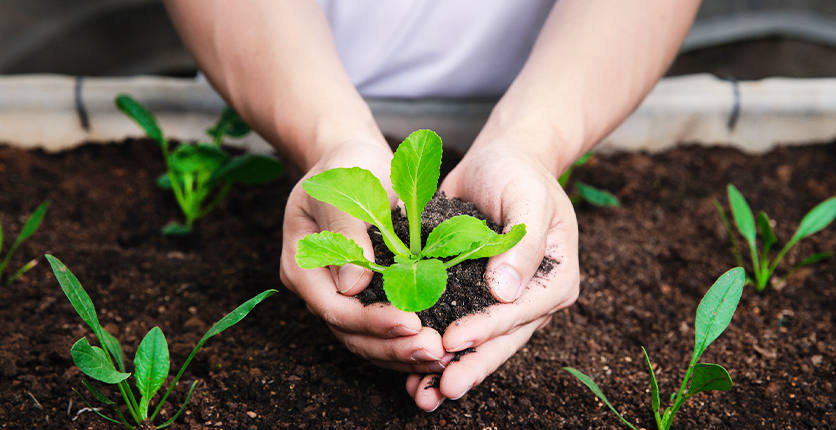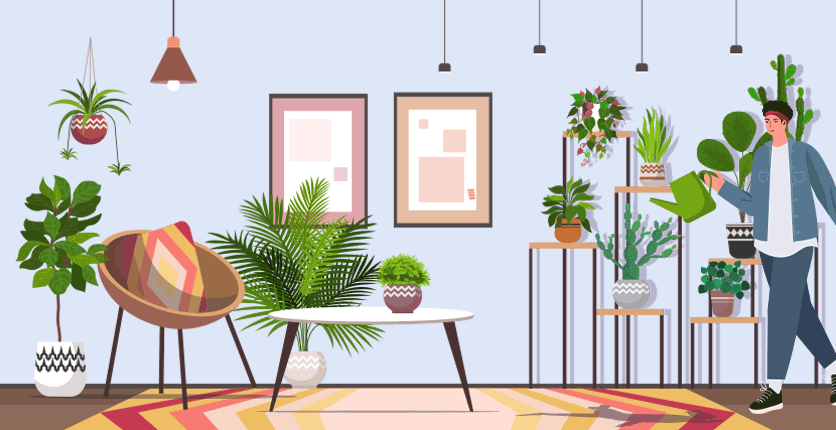These photogenic pots of green have found their way to many a desktop, but how do we make sure they flourish? And what is biophilic design, and what does it do for our homes? Dr Wilson Wong, Deputy Director at National Parks Board, has the answers for us.
Q: What are air plants and succulents and what’s the difference between them?
Dr Wong: Air plants and succulents are two very different groups of plants. Botanically, air plants belong to the pineapple family (Bromeliaceae) whereas succulents belong to several plant families.
In general, air plants have leaves that are arranged like a rosette and feature trichomes on them. Trichomes refer to the tiny scales on the leaves that help air plants to absorb nutrients and moisture. Most air plants grow as epiphytes where they perch on tree branches and rock surfaces. They produce some roots but these mainly serve an anchorage purpose.
On the other hand, succulents have swollen stems and leaves which store water as many grow in dry climates. They have diverse growth forms and produce roots that absorb water and nutrients like most terrestrial plants.
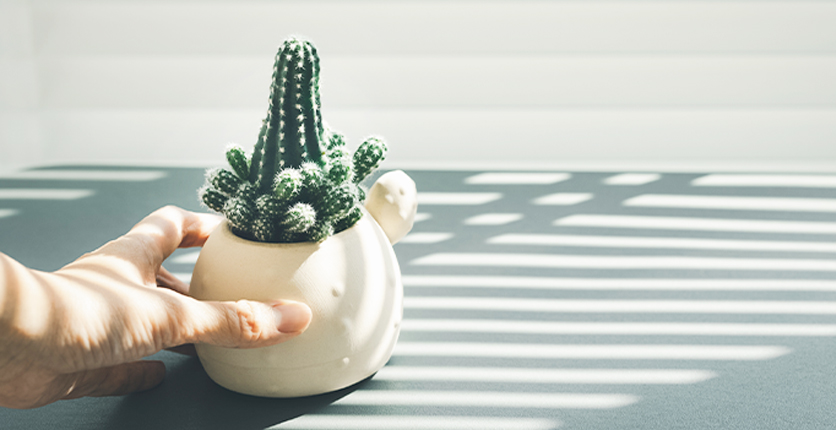
Q: How much light do air plants and succulents need? How can I tell if they’re getting enough light or too much light?
Dr Wong: Depending on the species, both groups of plants can grow both under filtered and direct sunlight. If air plants do not receive sufficient light, they will produce long, floppy leaves. Succulents will stretch and lose their compact growth forms. Those that have colour will show the loss of pigments too. Plants that are suddenly moved to intense light will experience sunburn, where pale dead patches of tissues on the leaves will appear.
Q: I heard that you can grow succulents from clippings. What’s the correct way to do so?
Dr Wong: This depends on the species and growth habit of succulents. Some produce a distinct stem, so stem-cuttings with a short length of the growing tip can be cut and rooted. Other species grow from leaf-cuttings, where small babies produce roots and grow from the original attachment point of the leaf to the parent plant.

Q: I’ve seen photos of air plants and succulents having beautiful flowers. Why don’t mine seem to flower?
Dr Wong: Plants will usually flower when they are mature and under the right growing conditions. For some species of plants, they need an environment trigger such as a drop in ambient temperature to flower.
Commercial nursery owners have been reported to use ethylene gas to make air plants flower, but this is usually out of reach of average gardeners and requires some expertise to do so correctly.

Q: There is a trend towards biophilic design for homes. What is it and are there real benefits to be gained? And why is this important now?
Dr Wong: There is innate value and positive effects that nature brings to our health and well-being.
Most people find the growing plants as a way to bring nature indoors, and gardening can be a therapeutic activity to take the mind off from the stress of an urban lifestyle. Plants can also help to decorate the home interior and allow us to connect with like-minded individuals via social media platforms.
This has been brought to the forefront during the Covid-19 pandemic as many people are working from home. Gardening and plants allow us to connect with nature and people while staying home.
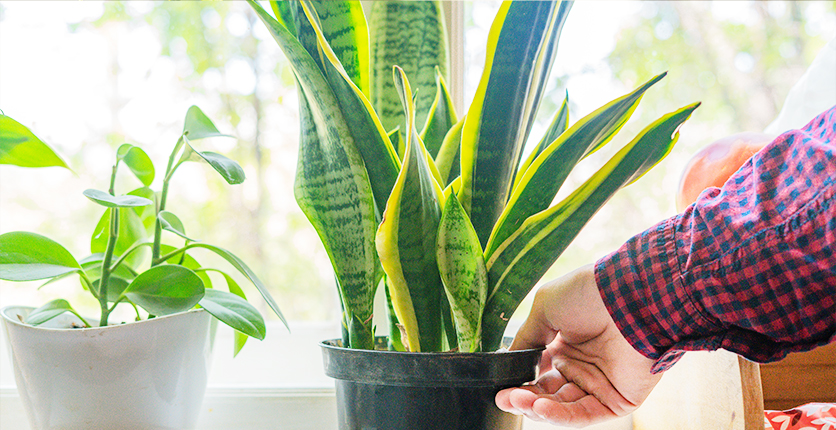
Q: I read that plants like the snake plant helps produce oxygen. Is it a good idea to have more of these plants at home?
Dr Wong: The ability of plants to increase oxygen or purify indoor air is actually quite limited. For better air quality indoors, it is advisable to air our rooms more frequently and/or invest in an air purifier.
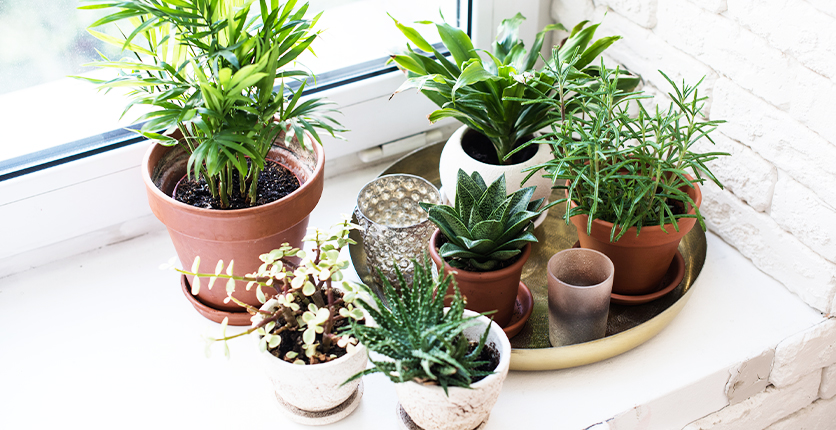
Q: How do I take care of these plants and where should I place them so as to reap their supposed benefits?
Dr Wong: It is important to read up on the plants that you wish to grow and find out their growth requirements. Ensure you select the species that will thrive in the tropical climate of Singapore.
Do check that your environment is conducive for growing the plants. For example, ensure that there is sufficient natural sunlight for your plants to grow well. You can install artificial grow lights if there is insufficient natural sunlight. Also ensure that you can spare time to care for your plants, including being able to water them according to their needs. Of course, you can also tap on technology such as using automated watering systems.
To learn more about gardening, you can check out the NParksSG YouTube channel to access DIY gardening videos, webinars and more!
About Dr Wilson Wong
Dr Wilson Wong is Deputy Director at National Parks Board. His love for gardening began at a young age and started from growing vegetables at home. He has developed a deep interest in edible plants, landscaping and indoor agriculture. Outside of his core job, he is an adjunct Assistant Professor in Food Science and Technology at the National University of Singapore where he teaches post-harvest food processing and urban farming. He is also founder of Green Culture Singapore, one of the leading discussion forums among gardening hobbyists in Singapore.
